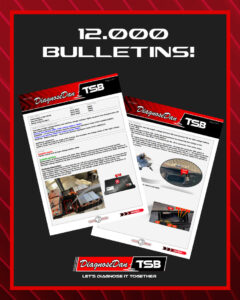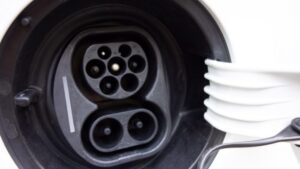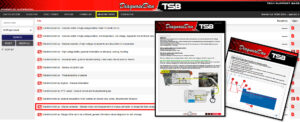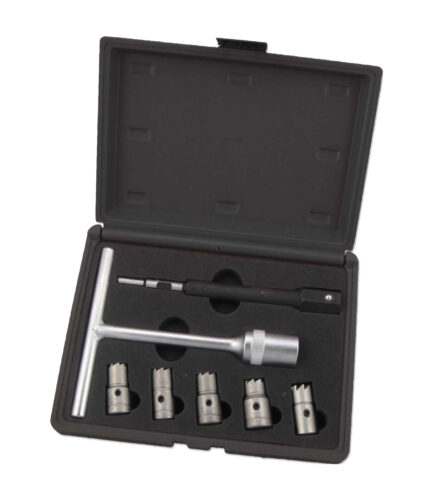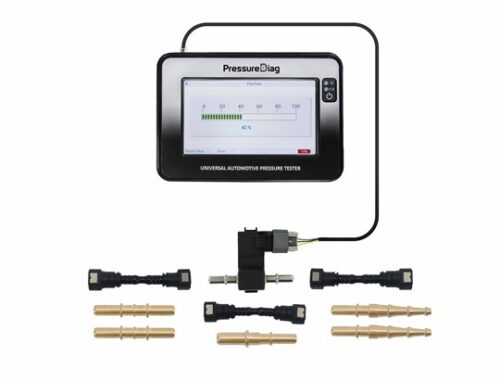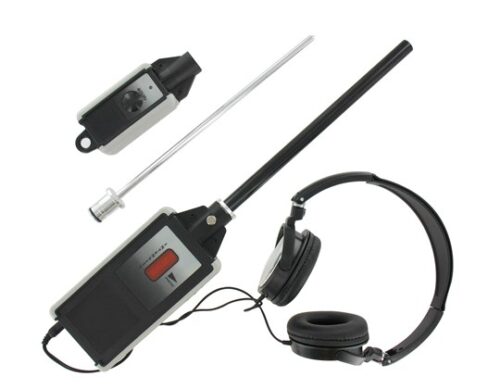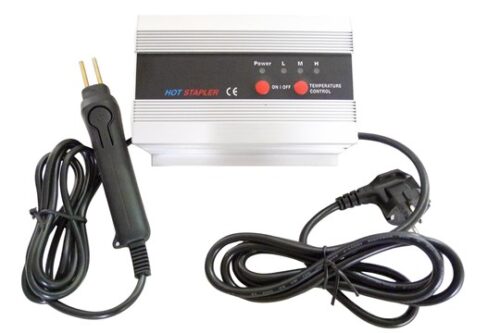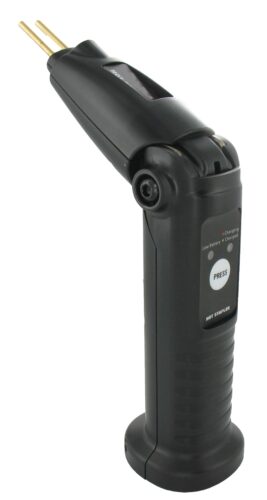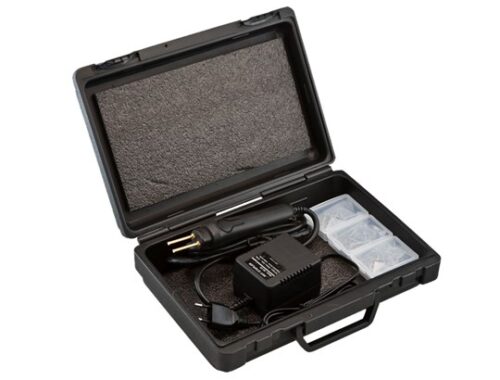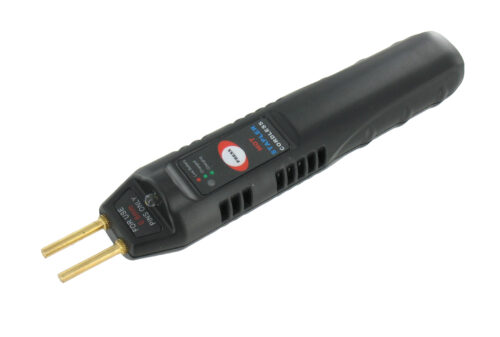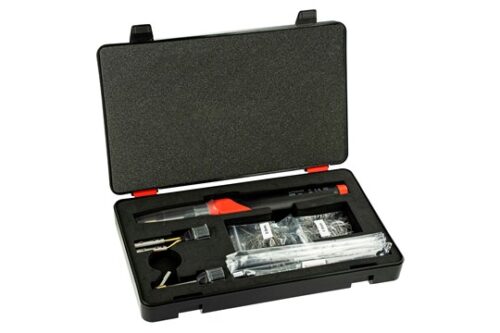At DDTSB, we’re proud to announce a huge milestone: 12,000 unique aftermarket Technical Service Bulletins (TSBs) are now available in the DDTSB system. Each one is built on real workshop experiences, Hotline cases, and field diagnostics — helping mechanics across the planet diagnose faster and smarter.
TSB No. 12000 isn’t just a number. It’s a perfect example of how EV charging problems are evolving — and why thorough diagnostics and symptom tracking matter more than ever.
🔋 The Case: Volkswagen e-Up! (2019–2024) Won’t Charge
The milestone TSB is based on a real case from our Hotline involving a Volkswagen e-Up! with the EBMA motor, model years 2019–2024. 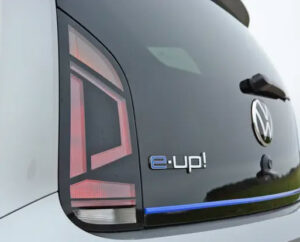
This green light was a little misleading. Despite trying 1-phase AC, 3-phase AC, and DC charging, and even testing at different charging locations (ruling out grid or infrastructure faults), the car still wouldn’t accept a charge.
🧩 Fault Codes – But Not the Full Picture
Initial fault codes stored in the vehicle were:
-
008C: High-voltage battery (J840):
P0A8D00 - 14 Volt Power Module System Voltage Low -
00BD: HV battery charge (J966):
P33F400 - Battery Charger - Read Event Memory
At first glance, these weren’t clearly linked to the symptom. The workshop could’ve easily been misled into focusing on the charger or communication protocols like CP or PP. But EV charging issues can be deceptive — and this case proved it.
Initially, the gear lever position was suspected — a common charging issue documented in TSB No. 8622. In that case, charging is only possible when the ignition is turned on, due to a faulty gear selector switch. However, in this case, the vehicle wouldn’t charge even with the ignition on, clearly indicating that this was not the problem here.
⚠️ A Sudden Drop That Changed Everything
While test-driving and performing additional diagnostics, the workshop observed a critical symptom: the battery state of charge (SOC) dropped from 95% to 5% in an instant. That caught their attention.
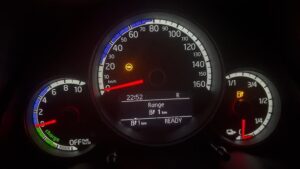
Such a sudden SOC change is not only unusual — it’s a diagnostic clue. It pointed away from the On-Board Charger (OBC) and toward the high-voltage battery management system, specifically the control unit J840.
🔍 Key Diagnostic Insight: Cell Voltage vs. SOC Comparison
One measurement that helped confirm the fault was comparing the cell voltage of the lithium-ion battery to the indicated SOC (state of charge).
In this case, all cells were showing a voltage of 4.21V, which is close to the maximum charge level for lithium cells. With this voltage level, the SOC should have shown at least 95–100%. However, the actual SOC readout was only 11.2% — a massive mismatch.
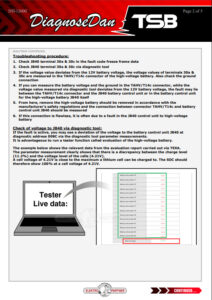
This mismatch is strong evidence that the battery control unit J840 was internally faulty and could no longer calculate the SOC correctly. That false low SOC reading is what prevented charging from initiating.
📸 Freeze Frame Confirmation – Low Supply to J840
Another key piece of evidence came from freeze frame data captured when the DTC was set. It showed that the 12V supply to the J840 module dropped to just 8V at the time of the error.
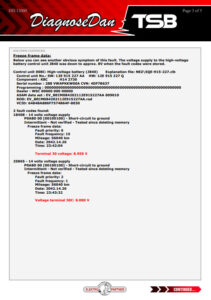
Externally, voltage supply was measured at a normal 12V using multimeters and test equipment — but internally, J840 was seeing a reduced voltage, most likely due to an internal fault in the control unit itself.
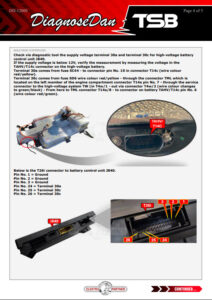
🔧 Repair and Remote Coding
With these findings in place, the workshop removed the HV battery (following all safety procedures) and verified wiring and connector paths — all tested OK. That confirmed the issue was isolated inside the J840 module.
The J840 unit was replaced and coded successfully via Elektro Partner’s remote coding service, available in Scandinavia. After programming, the vehicle immediately accepted charging again — fault resolved.
🧠 Lessons Learned: Symptom First, Then Codes
This case is a textbook example of why diagnosing modern EVs requires more than just reading fault codes. The real lead didn’t come from the codes themselves — it came from the freeze frame data combined with observed symptoms, particularly the sudden drop in high-voltage battery SOC and the mismatch between actual cell voltage and the reported state of charge. These crucial clues pointed the workshop in the right direction and ultimately led to the identification of the fault inside the J840 control unit.
We’re seeing an increasing number of cases like this on our Hotline, where the issue runs deeper than just the CP/PP charging signals. Vehicle-specific fault codes are often vague, and tester live data doesn’t always tell the full story. In many cases, the root cause of charging failures lies outside the OBC and charge port, as it did here — within the battery control system itself.
🛠️ TSB No. 12000 – Now Available in DDTSB
The full 5-page bulletin is now part of our database, covering:
-
Troubleshooting steps
-
Voltage measurement procedures
-
Freeze frame and live data interpretation
-
Programming notes for J840 replacements
It’s listed under:
-
Volkswagen e-Up! (BL3) 2019–2024
-
Seat Mii (KE1) 2019–2024
-
Skoda Citigo-e (NE1) 2019–2024
Also check TSB No. 11852 for additional EV charging system measurement techniques.
